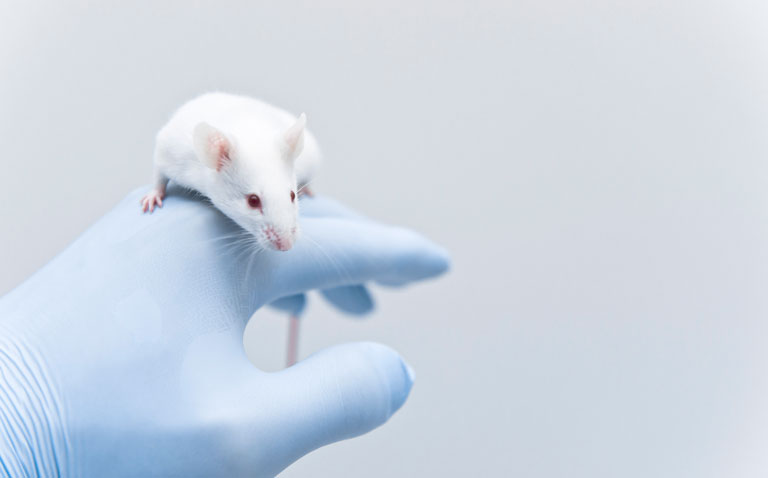Researchers at the University of Chicago have developed the first truly accurate mouse model of coeliac disease.
The animals have the same genetic and immune system characteristics as humans who develop coeliac after eating gluten. This provides a vital research tool for developing and testing new treatments for the disease.
“Based on our understanding of the human disease, we were able to retro-engineer a mouse model of coeliac disease,” said Bana Jabri, MD, PhD, Director of Research at the University of Chicago Medicine Celiac Disease Center and senior author of the new study, published this week in Nature. “It’s the first model where the mouse develops damage to the small intestine just by eating gluten, which can later reverse itself on a gluten-free diet.”
Even while maintaining a strict gluten-free diet, 40% of coeliac disease patients still show signs of inflammation and villous atrophy, or damage to the villi. Therefore, treatments that can reverse or prevent the disease are greatly needed to improve quality of life for people with coeliac disease.
A complex interplay of contributing factors
Scientists do not know the exact cause of coeliac disease, but researchers have identified several genetic, immune system, and environmental components that work together to trigger the disease. People with coeliac have one of two genetic variants, HLA-DQ2 and HLA-DQ8, that are part of a group of genes that help the immune system recognise foreign antigens and mount an immune response. However, possessing one these variants is not sufficient to develop the disease alone.
Based on studies in coeliac disease patients, Jabri and her colleagues have proposed that signs of tissue distress associated with high levels of an inflammatory protein called IL-15 in the lining of the small intestine were required to cause villous atrophy, the hallmark of the disease.
Certain environmental factors may come into play as well. In 2017, for example, Jabri and her team discovered that a common and relatively harmless virus can cause changes to the immune system that set the stage for celiac. All of these factors work together to trigger an autoimmune response when someone ingests gluten that causes villous atrophy.
All the puzzle pieces fall into place
For more than 20 years, researchers have attempted to develop a mouse model for coeliac that reflects these conditions. However, none of these models resulted in mice with one of the HLA gene variants that also developed villous atrophy in response to gluten.
“In coeliac disease, the main feature of disease is tissue destruction of the small intestinal lining,” said Valerie Abadie, PhD, a research assistant professor at UChicago and lead author of the study. “This new HLA-DQ8 mouse model is unique because it’s the only one that actually develops villous atrophy when the animal does eat gluten. In addition, once the mice are placed on a gluten-free diet, their small intestine can recover and heal, just as in humans with coeliac disease.”
Jabri said that all of these elements must be present in a research model to truly represent the conditions that cause disease in humans.
“It’s like a puzzle where different pieces need to come together for everything to fall into place,” Jabri said. “If you have a model where only one piece of the puzzle causes the disease because it’s in a laboratory setting, then you cannot test how to block or interfere with the other components. You need to have a setup where you have the entire complex interplay that takes place for the development of coeliac disease.”
The new mouse model provides a vital tool for developing new treatments to reverse coeliac once it has developed, or prevent it from developing in people at risk for the disease. Researchers will be able to identify new targets for drugs and then test them in a model that faithfully represents the condition in humans.
“This wouldn’t be possible without first conducting human studies to understand the nature of the disease,” Jabri said. “Now, using the mouse model, we can interrogate more and apply what we learned back into the human system. The integration of those two approaches is very important.”










